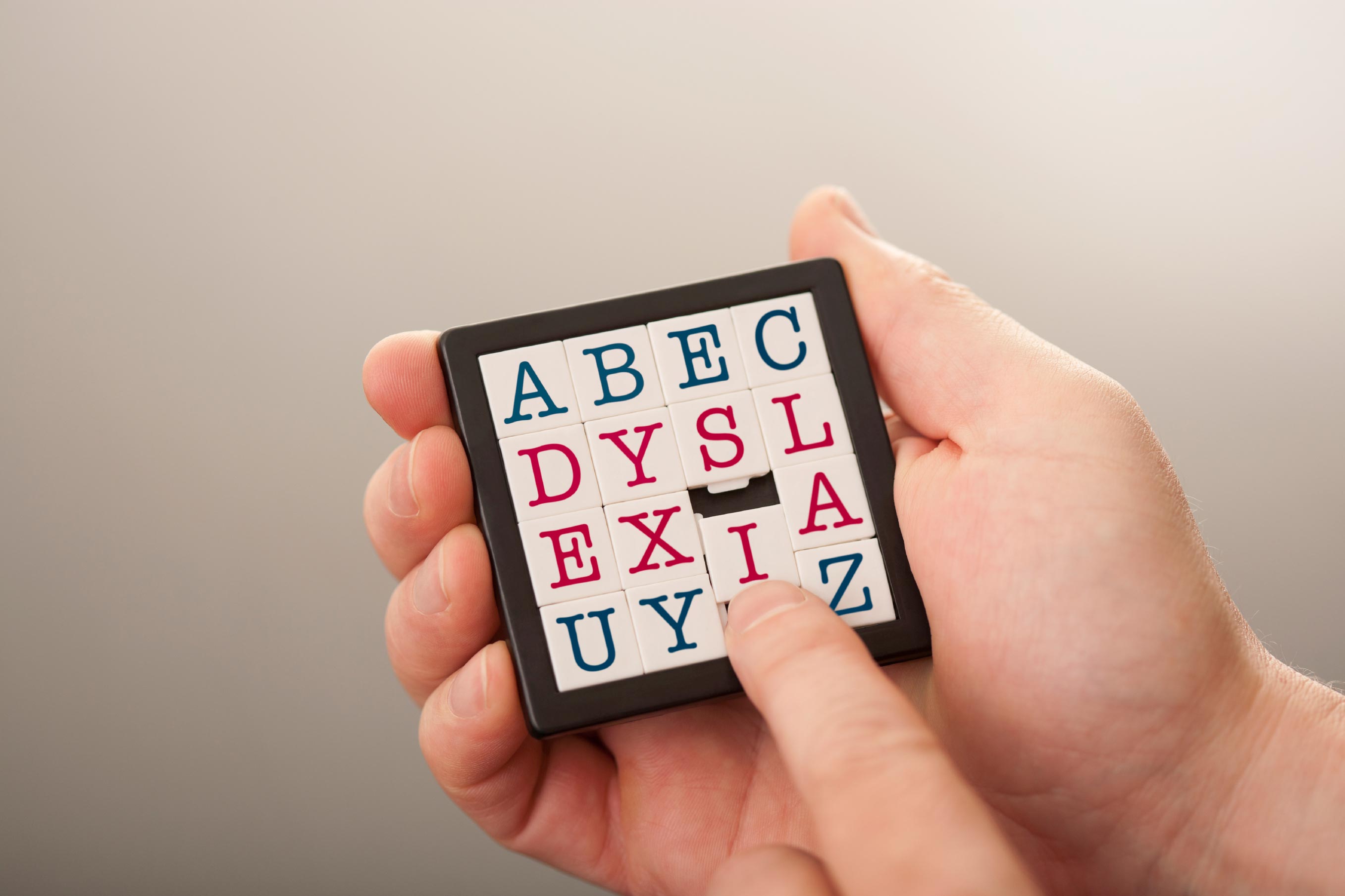More than a decade ago, Aamir Khan’s Taare Zameen Par, a saga of a boy with dyslexia — a condition characterised by learning difficulties — not just created awareness, but also attempted to remove the stigma associated with the condition. However, Prime Minister Narendra Modi, with his remark on dyslexia, during an interaction at the ‘Smart India Hackathon 2019’ on March 2 with an engineering student from Dehradun, has turned the spotlight on the condition.
The student was talking about a project that would help dyslexic children. In an apparent reference to Rahul Gandhi, Modi asked the student if her project would help 40-50-year-old children too.
It was meant to be a putdown of Rahul Gandhi but had the effect of making fun of dyslexics. A few weeks ago, BJP leader Subramanian Swamy, while intending to cast doubts on Congress leader Priyanka Gandhi’s ability, said she was bipolar. US President Donald Trump made fun of a reporter who has a movement disorder. By invoking health conditions to belittle their opponents, politicians reinforce the stigma associated with the conditions and trivialize them, say experts.
Adult dyslexia
A neurological condition, dyslexia is a developmental disorder and belongs to a spectrum of reading and writing difficulties that range from mild to severe. Dyslexia cannot be cured, but can be coped with, according to experts who note that between 10% to 15% of all school-going children suffer from some form of dyslexia. Since diagnosis and support are still rare among children, many of them grow into adult dyslexics. As adults, the condition manifests as inability to cope with executive functions.
“Executive functions are a set of skills that include planning, prioritisation, active memory, passive memory, impulse and behaviour to name a few. Even if you overcome difficulties of learning, executive functions can be haywire,” said Harini Mohan, chief operating officer, academics, Madras Dyslexia Association (MDA). “The issue gets serious as dyslexic adults who may have overcome their learning difficulties struggle at work have difficulty scheduling work-related activities,” she said.Harini Mohan talks about apps like SnapTypePro, Mental Note, Pocket: Save Stories for Later that can help them deal with the difficulties. She observes that very few dyslexic adults go for therapy in that age group. “The understanding is if you have lived with it till 40, then why do anything about it later,” she said.
Dr U Meenakshisundaram, a senior neurologist, says that the exam system ensures that dyslexics are discovered early. “It can continue to affect as an adult, if other brain functions have also been affected,” he said.



